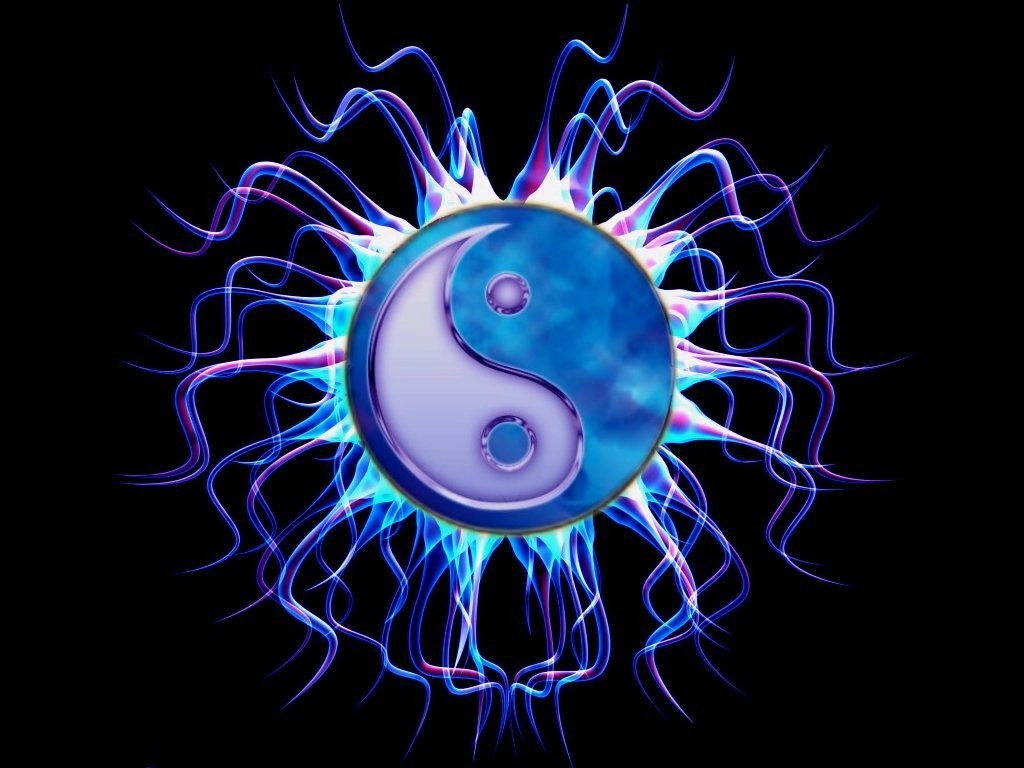Quantum physics is finally coming of age. The film The Quantum Activist made famous the line “quantum physics is the physics of possibilities.” And the idea that consciousness chooses actuality from these possibilities must be getting well known too since even the New York Times columnist David Brooks commented in a recent column that quantum physics has much to say about consciousness.
Nevertheless, when you first encounter the idea that consciousness chooses actuality from quantum possibility, you are bound to be puzzled. Relax. It’s okay. Niels Bohr used to say that anybody who is not puzzled by quantum physics cannot possibly understand it. Perhaps what puzzles you most is that you have no recollection of making a choice as you observe actualities around you. You know when you choose your favorite flavor of ice cream to eat. You know when you choose to raise your arm. But choosing from quantum possibilities? “Teach me that one and I will choose myself a BMW,” you will say in jest.
But the quantum connoisseur has an answer for you. You choose from a “higher” consciousness (call it quantum consciousness) which is unconscious in you. That’s where choice takes place. In the unmanifest, in the unconscious. If you learn to align yourself with the movements of this quantum consciousness, your choices will come true.
Establishment scientists who subscribe to a worldview called scientific materialism flatly declare: the idea that consciousness has anything to do with quantum physics is bah humbug anyway. Consciousness is a brain phenomenon with no causal power. And unconscious is voodoo psychology. Look: there is only one world—the space time matter motion world. This defines nature. Reject supernatural ideas.
In classical physics, objects are either particle or wave. In quantum physics, they are both particle and wave creating confusion. It seems like a paradox. Look at the experimental data, these scientific materialists say, and you would not be confused. Experimentally, material objects are both waves and particles. How can it be that way? Complementarity! The wave and the particle are two complementary aspects of the same thing. What nature it will reveal in a particular experiment depends on the choice of experimental apparatus. If you want to measure the particle aspect, use a cloud chamber: it will measure the approximate trajectory of the object for you to see. If you want to measure the wave aspect, use a double slit arrangement. The result will be a wave interference pattern revealing the object as wave. Each experiment allows you to see only one aspect at a time, never both together. That is why these aspects are called complementary.
Indeed, today most textbooks of quantum physics define the complementarity principle this way and claim that this resolves the wave-particle paradox. No reference to two domains of reality here.
But the truth is, quantum physics would not let you do that. The idea of unmanifest and unconscious potentia is inherent both in the definition and measurement of quantum objects.
As Werner Heisenberg, the co-discoverer of quantum physics knew, quantum objects are defined by waves of possibility residing in potentia, a domain transcending space and time. A discontinuous event of collapse converts a wave of possibility to a particle of actuality.
And complementarity, as Niels Bohr knew as well as the ancient Taoist philosophers, is complementarity of transcendent wave and immanent particle (in Taoism, it is complementarity of transcendent yang and immanent yin). The wave and the particle aspect of the quantum object are not on the same footing. The two domain reality is essential to define complementarity.
What do the experiments say? On closer examination, you can see that the wave-revealing experiment is indeed not on the same footing as the particle-reveling experiment. If you examine a cloud chamber track of an electron, you will have no idea that such an object can also be a wave. But if you look at the data of double slit, does the data explicitly tell you that the electron is a wave? Absolutely not. Each electron still arrives as a particle, as a discrete dot on a photographic plate. Only the totality of the discrete dots tells you about the interference pattern and the wave nature. The truth is, we cannot measure the wave nature without first measuring the particle nature, that is, without first collapsing the quantum object.
In summary, we cannot get rid of the idea that reality consists of two domains, not one that scientific materialists claim. The transcendent domain remains unconscious in us where our consciousness is undivided from its material possibilities. Collapse converts quantum possibility of the object into the particle that we see; collapse also collapses the brain possibilities into the actual brain state with which we identify and which we use to see the object. All this is explained in my books and need not be repeated here.







2 Comments on “The Meaning of Complementarity”
I had the opportunity to meet Dr. Amit Goswami at the Anhembi University in Sao Paulo – Brazil last weekend and participated in a Workshop named Quantum Activism and Criativity. It was a great event and I’m prepared to attend a course on November.
This is a lovely article and I always wonder why there are not more scientists writing for laymen.
I personally believe that one way of making choices aligned with quantum consciousness is by learning how to work with synchronicity.